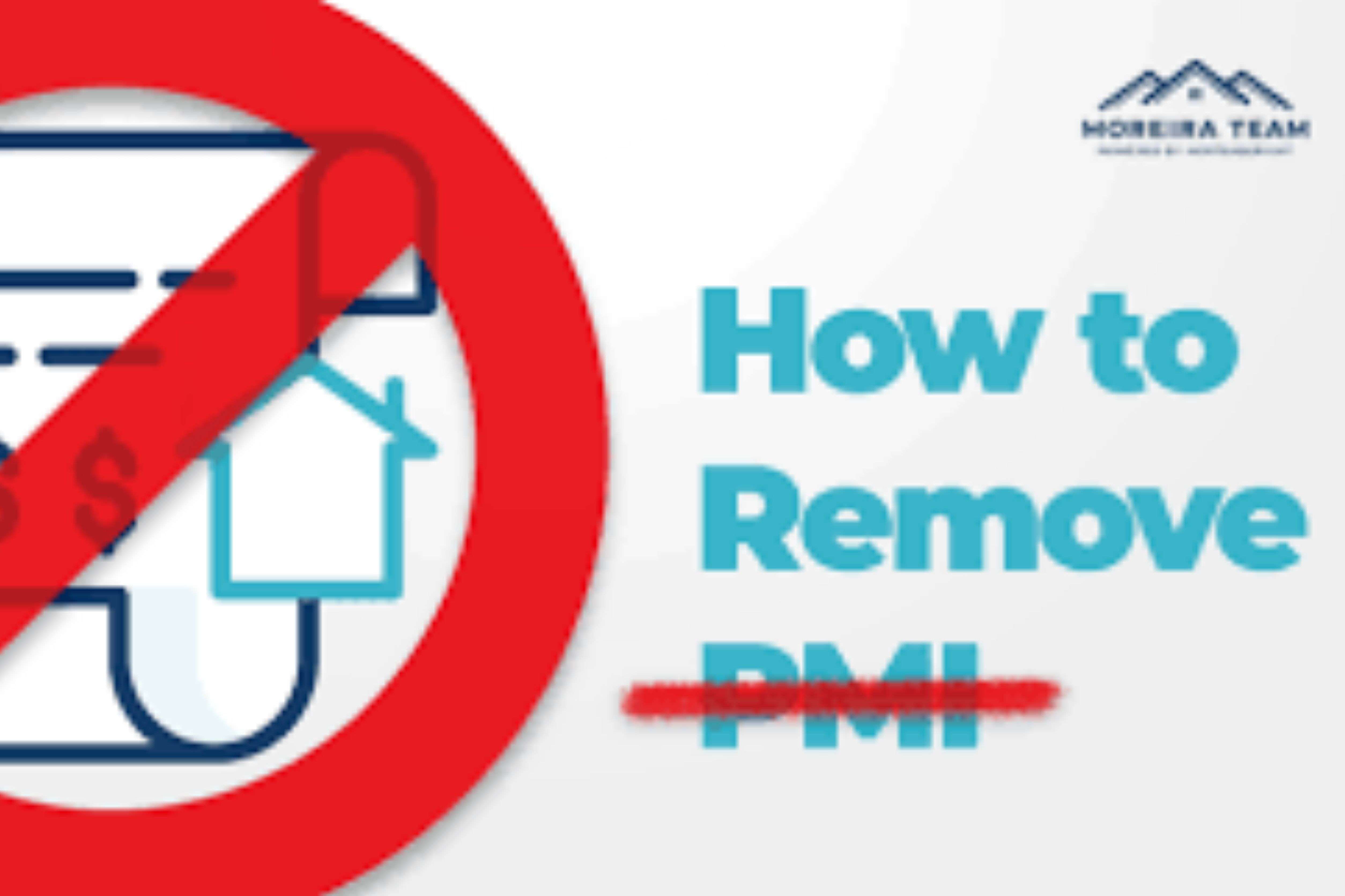The dream of homeownership is a significant milestone in many people's lives, but for some, the path to securing a mortgage can be fraught with unexpected expenses.
Private Mortgage Insurance (PMI) is one such hidden cost that often catches prospective homeowners off guard. In this article, we will delve into the world of PMI, exploring what it is, how it affects your mortgage journey, and the potential long-term implications on your financial well-being.
Understanding Private Mortgage Insurance:

Private Mortgage Insurance (PMI) is a type of insurance that lenders often require borrowers to purchase when they obtain a mortgage loan and have a down payment of less than 20% of the home's purchase price. The primary purpose of PMI is to protect the lender in case the borrower defaults on the loan.
ALSO READ: Assurant Assurance: Elevate Your Living Experience with Renters Insurance
Here are some key points to understand about Private Mortgage Insurance:
- Down Payment Requirement: PMI is typically required when the borrower's down payment is less than 20% of the home's purchase price. Lenders view borrowers with lower down payments as higher risk, and PMI helps mitigate that risk.
- Cost of PMI: The cost of PMI varies and is usually expressed as an annual percentage of the loan amount. The cost can range from 0.3% to 1.5% of the original loan amount, but the exact rate depends on factors such as the loan-to-value ratio, credit score, and the size of the down payment.
- Payment of PMI Premiums: Borrowers can pay PMI premiums in different ways. It can be paid as a monthly premium, a one-time upfront premium at closing, or a combination of both. Monthly premiums are the most common and are added to the borrower's monthly mortgage payment.
- Cancellation of PMI: Homeowners can request the cancellation of PMI once they have reached a certain level of equity in their home. This usually occurs when the loan-to-value ratio drops below 80%, either through a decrease in the mortgage balance or an increase in the home's value. Automatic termination of PMI is required when the loan-to-value ratio reaches 78%.
- Federal Law Protections: The Homeowners Protection Act (HPA) is a federal law that provides certain protections for homeowners with PMI. It establishes rules regarding the automatic termination and borrower-requested cancellation of PMI.
- Impact on Affordability: While PMI allows borrowers to purchase a home with a lower down payment, it increases the overall cost of homeownership. It's important for borrowers to consider the cost of PMI and factor it into their budget when deciding on a home purchase.
- Alternatives to PMI: Some borrowers may explore alternatives to PMI, such as piggyback loans (second mortgages) or lender-paid mortgage insurance (LPMI). These options have their own pros and cons, and it's essential for borrowers to carefully evaluate which solution aligns with their financial goals.
Understanding the terms and conditions of PMI is crucial for homebuyers, as it can significantly impact the overall cost of their mortgage. It's advisable to consult with mortgage professionals to get personalized advice based on individual financial circumstances.
Impact on Monthly Payments:

Private Mortgage Insurance (PMI) is typically required when a homebuyer makes a down payment of less than 20% of the home's purchase price. The purpose of PMI is to protect the lender in case the borrower defaults on the loan. While PMI provides a way for borrowers to secure a mortgage with a lower down payment, it does come with the drawback of increased monthly payments.
Here's how PMI impacts monthly payments:
- Additional Premium: Borrowers with PMI are required to pay a monthly premium in addition to their regular mortgage payment. This premium can vary but is often based on the loan amount and the initial down payment. The added cost of PMI increases the overall monthly housing expenses for the homeowner.
- Budget Strain: For individuals who were already on a tight budget to afford their home, the additional expense of PMI can strain their financial situation. It effectively increases the cost of homeownership, making it more challenging for some borrowers to manage their monthly expenses.
- Temporary Nature: It's important to note that PMI is not a permanent cost. Once the homeowner builds up enough equity in the property (usually reaching 20% equity), they may be able to request the removal of PMI. This can be achieved through a combination of paying down the mortgage balance and the potential appreciation of the home's value over time.
- Considerations for Homebuyers: Before deciding on a mortgage with PMI, potential homebuyers should carefully assess their financial situation. While PMI allows for a lower initial down payment, it's essential to understand the long-term financial implications. Some borrowers may choose to delay homebuying until they can afford a larger down payment to avoid the additional costs associated with PMI.
PMI impacts monthly payments by adding an extra premium, and this can strain the budgets of homeowners, especially those who were already stretching to afford their homes. It's a cost to be mindful of when considering different mortgage options and understanding the overall financial commitment of homeownership.
Long-term Financial Implications:
While PMI serves a purpose in facilitating homeownership with a smaller down payment, it's crucial to recognize its long-term financial implications. The additional monthly cost can accumulate over the life of the loan, leading to a substantial sum paid towards insurance premiums. Homebuyers must weigh the benefits of homeownership against the cumulative cost of PMI, considering how it aligns with their financial goals.
Here are a few key points to further elaborate on the long-term financial implications of PMI:
- Cumulative Cost: As you mentioned, the additional monthly cost of PMI can accumulate significantly over the life of the loan. Homebuyers should calculate and understand the total amount they'll pay in insurance premiums over the years. This accumulated cost adds to the overall expense of homeownership.
- Opportunity Cost: The money spent on PMI could potentially be used for other financial goals or investments. Homebuyers may want to assess whether allocating funds towards a larger down payment to avoid PMI or investing elsewhere might provide better returns or financial flexibility in the long run.
- Equity Building: While PMI protects the lender in case of default, it does not contribute to building equity in the home. Homeowners paying PMI may find that their monthly payments primarily go towards interest and insurance, with a smaller portion contributing to the principal balance. Building equity is crucial for long-term financial stability and wealth accumulation.
- Reevaluation of PMI: Homeowners should regularly reassess their financial situation and the current value of their home. Once the loan-to-value ratio drops below 80%, they may be eligible to request the removal of PMI. This can be a significant financial relief if achieved, as it reduces monthly mortgage payments.
- Financial Goals Alignment: Homebuyers must align their decision to pay for PMI with their overall financial goals. If the cost of PMI impedes their ability to save, invest, or achieve other financial milestones, they may need to reconsider their homebuying strategy, such as saving for a larger down payment.
while PMI serves a purpose in facilitating homeownership, it's crucial for individuals to carefully weigh the long-term financial implications. Evaluating the cumulative cost, opportunity cost, impact on equity building, and regularly reassessing the need for PMI are essential steps in making informed financial decisions related to homeownership.
Options for Removing PMI:

Fortunately, PMI is not a permanent fixture on your mortgage. Homeowners have options for removing PMI once they have built sufficient equity in their homes. These options may include reaching the 20% equity threshold through regular mortgage payments, making additional payments towards the principal, or even securing a reappraisal of the home's value.
Here are some common options for removing PMI:
- Reaching 20% Equity Threshold:
- Most conventional loans automatically cancel PMI once the homeowner reaches 20% equity in their home. This can be achieved through a combination of regular mortgage payments and any increase in the home's value.
- Regular Mortgage Payments:
- Continue making regular mortgage payments until the loan balance reaches 78-80% of the home's original value. At this point, the lender is typically required to automatically cancel PMI.
- Additional Payments Towards the Principal:
- Accelerate the process of reaching 20% equity by making additional payments towards the principal. This can be done by making extra payments or by making larger payments when possible.
- Home Value Appreciation:
- If the value of your home has increased significantly since the purchase, you may be able to remove PMI if you can demonstrate that your loan balance is now below 80% of the current appraised value. This might involve securing a reappraisal of the home.
- Reappraisal of the Home's Value:
- If you believe that your home has appreciated in value due to renovations or market conditions, you can request a reappraisal. If the new appraisal demonstrates that the loan-to-value ratio is below 80%, your lender might agree to cancel PMI.
- Refinancing:
- Refinancing your mortgage is another option. If you've built up enough equity, you might qualify for a new loan without PMI. However, refinancing involves closing costs, so it's essential to calculate whether the overall savings justify the costs.
- Automatic Termination:
- For some loans, PMI might automatically terminate when you reach the midpoint of your loan's amortization schedule, even if you haven't reached 20% equity. Check your loan documents to see if this applies to your mortgage.
It's important to note that the specific rules for PMI removal can vary depending on the type of loan, the lender, and the laws in your area. Always check with your lender and carefully review your loan documents to understand the terms and conditions for PMI removal.
Strategies to Avoid or Minimize PMI:
For prospective homebuyers, there are strategies to either avoid or minimize the impact of PMI. Saving for a larger down payment is an effective way to surpass the 20% threshold, eliminating the need for PMI altogether. Additionally, exploring alternative loan programs or seeking financial advice can provide insights into structuring a mortgage that aligns with your financial capacity.
Conclusion:
Private Mortgage Insurance is a factor that can significantly influence your mortgage journey, impacting both short-term affordability and long-term financial goals. Being aware of the costs associated with PMI, understanding how it affects monthly payments, and exploring strategies to minimize its impact are essential steps for informed decision-making in your homeownership journey. As you embark on this exciting chapter, arming yourself with knowledge about PMI ensures that you navigate the complexities of mortgage financing with confidence and financial prudence.




Esther Chikwendu 5 w
Awesome